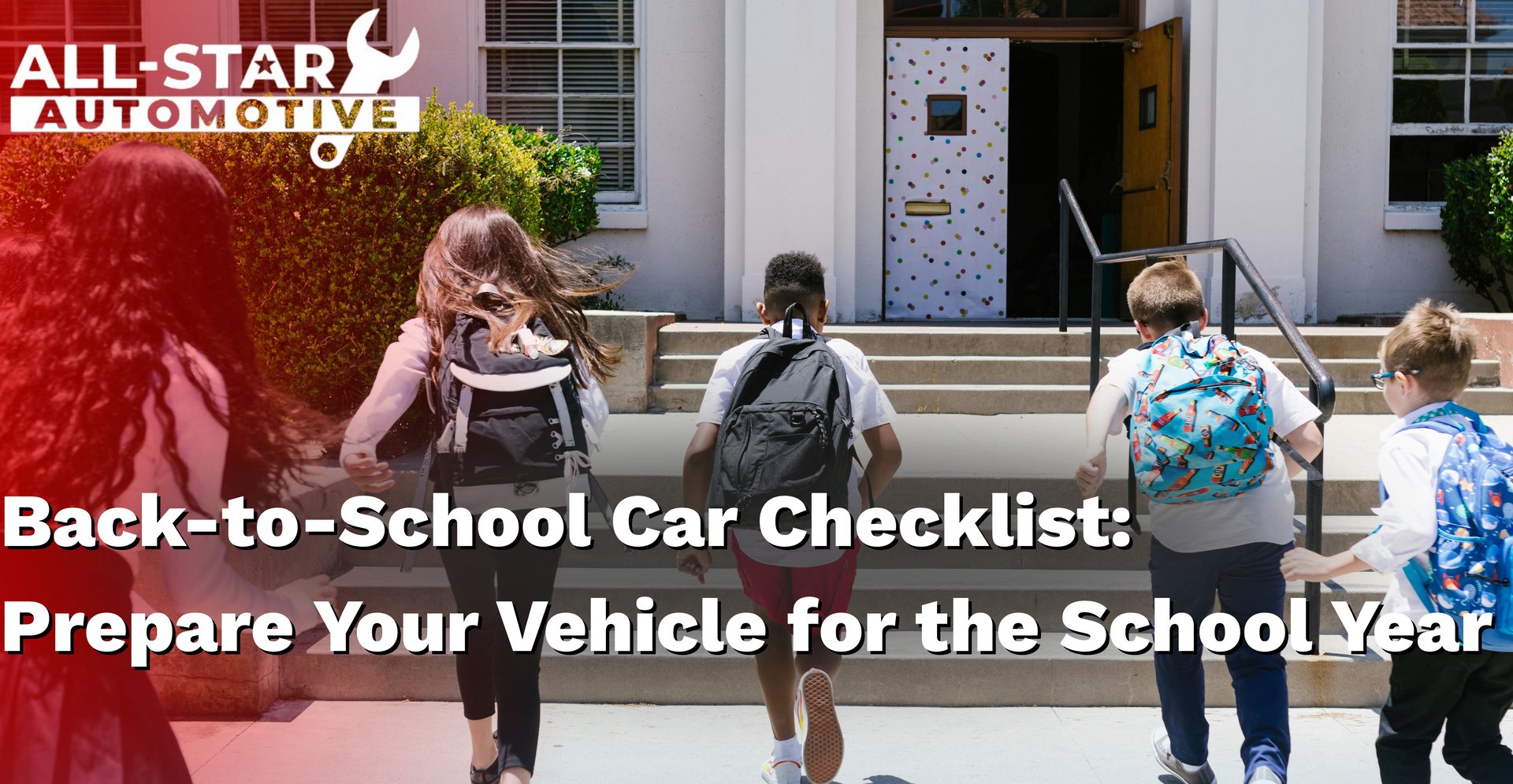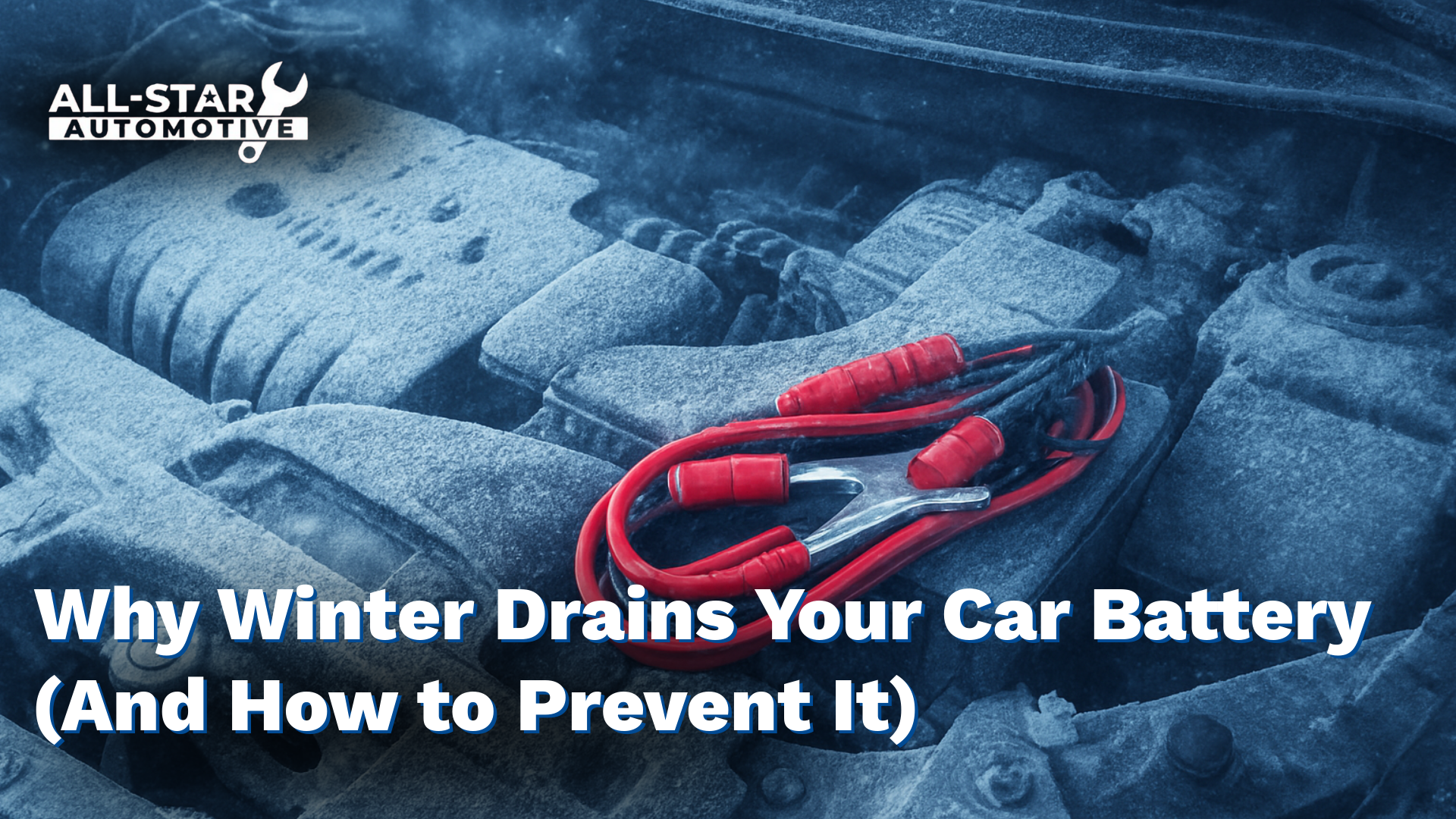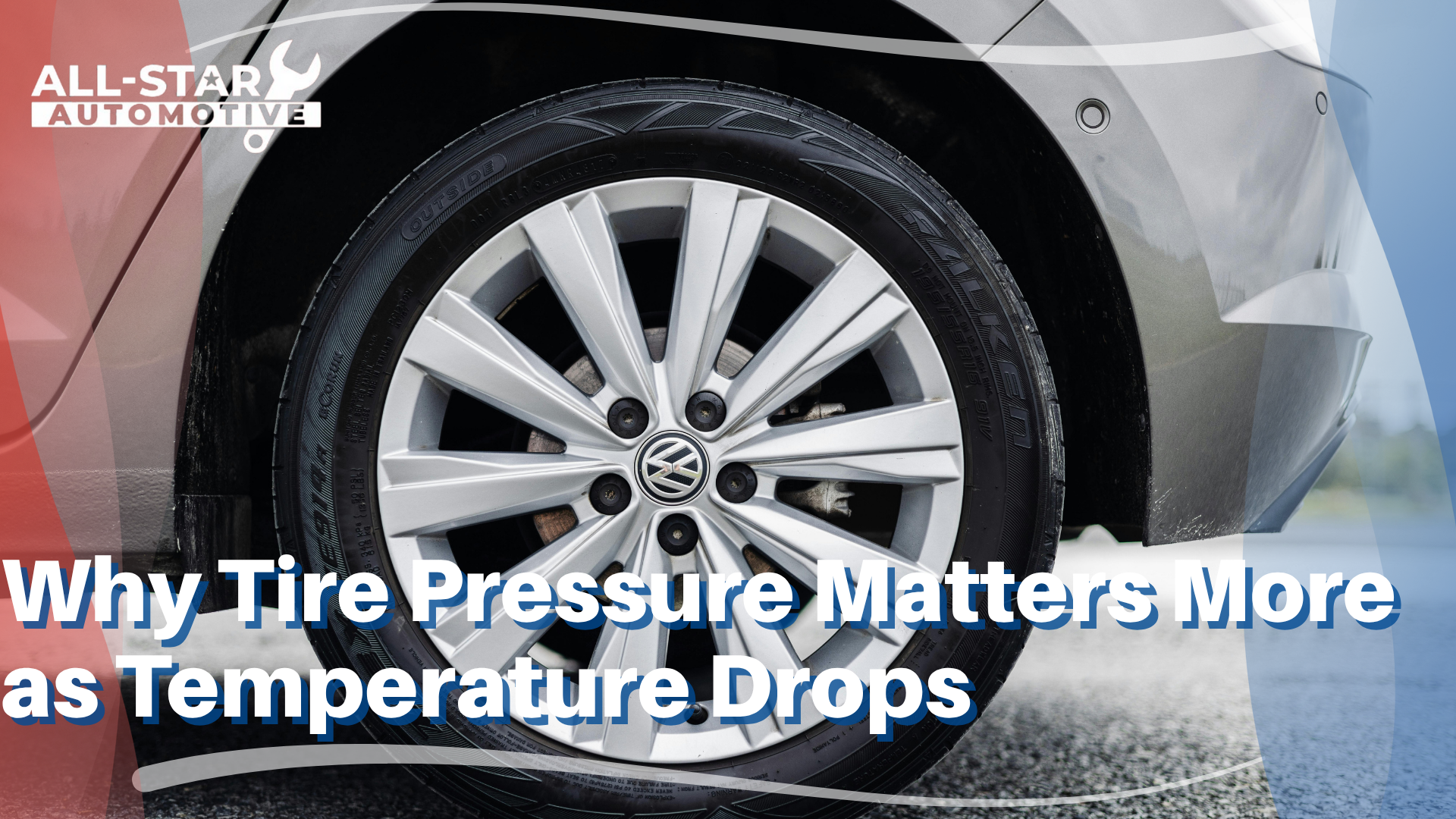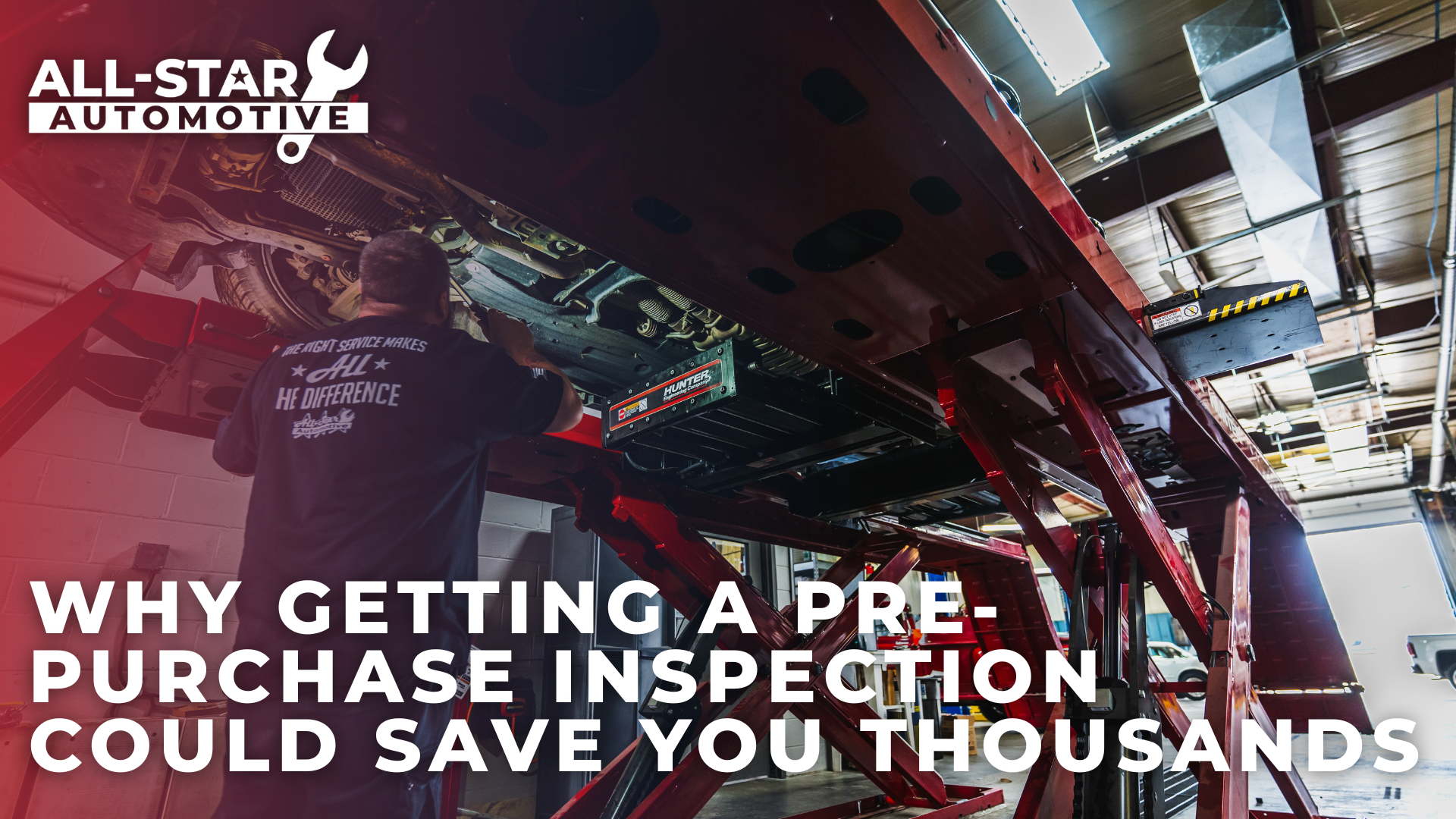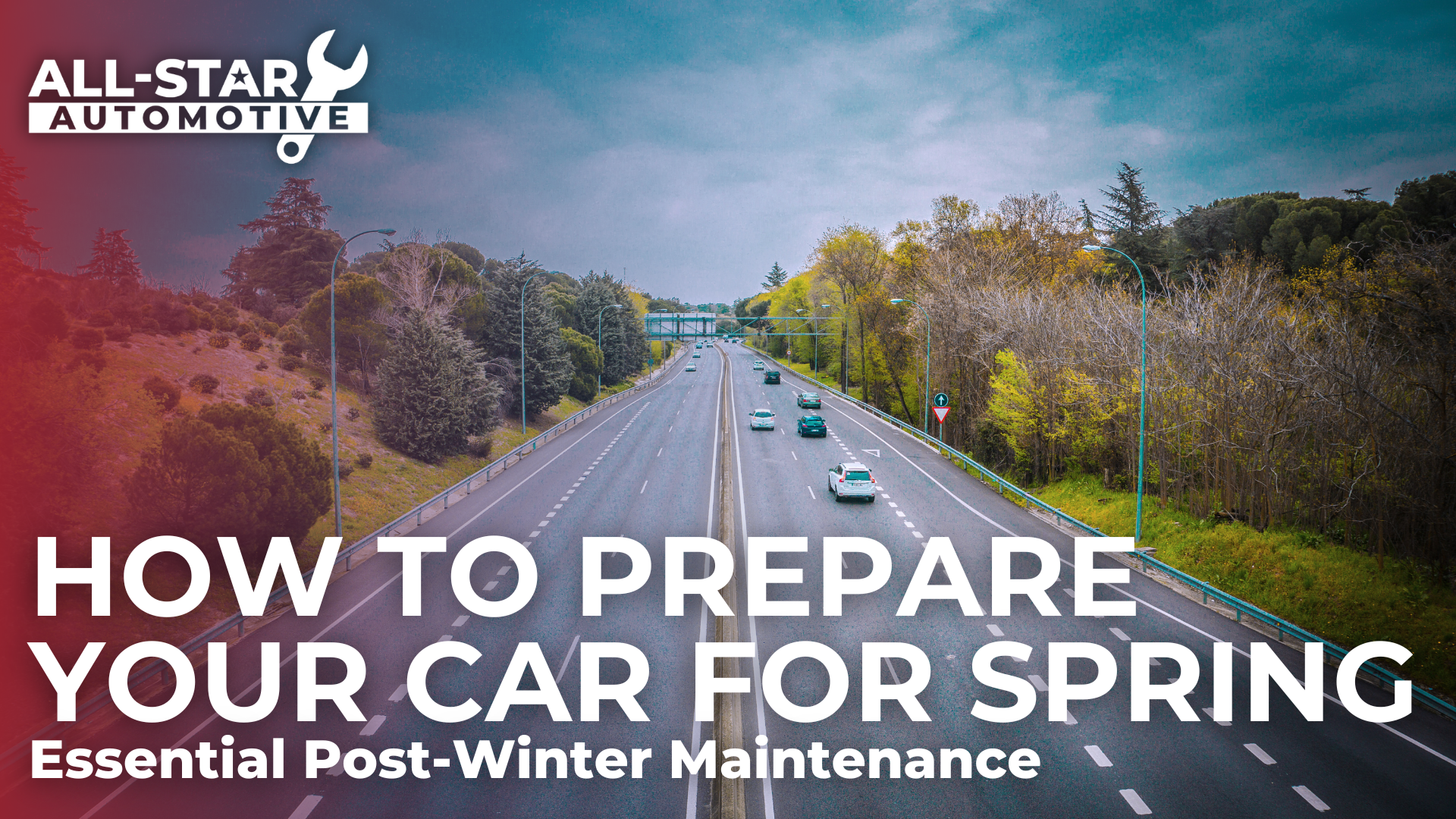Slippery Fall Roads: The Critical Significance Of Tire Tread Inspection
With the arrival of the fall season, the stunning spectacle of colorful leaves is accompanied by the challenges of slippery roads. Rain, fallen leaves, and cooler temperatures can make daily commutes hazardous. For those prioritizing safety, especially when traveling with children, understanding tire tread inspection becomes crucial during these months.
Understanding Your Vehicle’s Tires
Contrary to popular belief, vehicle tires are more than chunks of rubber. They are precision-engineered to ensure safety on the roads. Tire treads are vital as they provide traction, grip wet surfaces, and help dispel water to avert hydroplaning. As fall brings wetter conditions, maintaining tire treads in top condition becomes indispensable for road safety.
Identifying Signs of Worn-Out Tread
If you notice increased skidding or less control when making turns or braking on damp roads, it could signify inadequate tread depth. For US readers, a simple “penny test” can be handy: Insert a penny into a tread groove with Lincoln’s head down. If Lincoln’s full head is visible, consider getting a new tire.
A Quick Guide to DIY Tire Tread Inspection
Gather Tools: Equip yourself with a ruler or tread depth gauge and ensure good lighting.
Choose a Flat Surface: Park on level ground for a precise measurement.
Measure Tread Depth: Insert your tool in the tread grooves and compare readings to the tire manufacturer’s recommendations.
Examine for Uneven Wear: Inconsistent wear may suggest alignment or suspension problems.
Expert Tips: Deciding When To Replace Worn Tires
If your tire tread depth is below 2/32 of an inch, it’s advisable to replace them. For residents in regions with frequent rain or snow, choosing a tire with a deeper tread is recommended.
FAQs on Tire Tread
Q1: How does tire tread improve traction on damp roads? A1: Treads help channel water away, maximizing grip and minimizing skidding.
Q2: Can I just replace one worn-out tire? A2: For balanced vehicle handling, it’s best to replace tires in pairs or as a complete set.
Q3: Are high-end tires a necessity for safety? A3: Opt for quality over cost. Trusted brands often provide dependable performance.
Q4: Is using moderately worn tires in fall okay? A4: These tires might suffice in dry conditions but can be perilous on wet roads.
Q5: How frequently should I check the tire tread depth? A5: Ideally, monthly or before undertaking long trips.
Stay Safe This Fall
In summary, don’t let the splendor of fall be overshadowed by road risks. By understanding and acting on the significance of tire tread inspection, you can ensure safety and peace of mind. If in doubt, consult experts, such as those at All-Star Automotive. Remember, the key to safe driving this season lies in well-maintained tires. So, inspect yours now and enjoy a safe driving experience this autumn.
